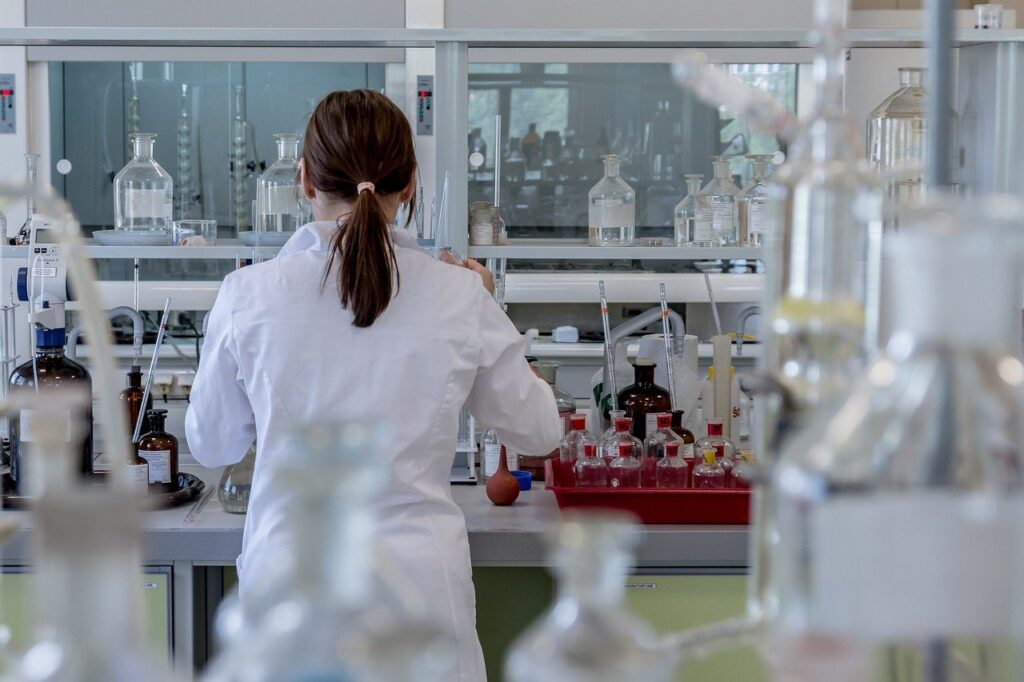Laboratory ovens aren’t new. They’ve been around for a while and are often designed for specific applications. Ideal for a wide variety of applications, lab ovens are standard equipment in research laboratories. But they are also used in industrial settings for various applications, including material testing and processing, electronics manufacturing, drying, heating, and annealing.
But choosing the right lab oven for your application can be a challenge. Numerous considerations exist. So, do your due diligence before buying a lab oven. However, if you’re looking for a lab oven, you’re probably looking for something small, like a benchtop oven. But larger lab ovens are also found in research labs and industrial settings. The information below can aid you decide on the perfect oven for you
Advantages of Using Industrial Lab Ovens
Standard lab ovens provide maximum versatility in a confined area. They are ideal for a broad range of industrial and research and development processes as described above. Laboratory ovens are also ideal for evaporating excess solvents from a product or component when equipped and installed with the proper safety features, drying glassware, and sterilizing medical instruments. When used in material testing, lab ovens offer stability and repeatability.
Standard lab ovens also provide temperature uniformity, which refers to the consistency of temperature within a chamber. Temperature uniformity fosters consistent quality and reliable product results, reduces rework of parts and products, and boosts energy efficiency. Factors impacting uniformity include insufficient insulation, poor door seals, deficient mixing of fresh air and recycled air, air duct configuration, and volume of air moving throughout a chamber.
Finally, benchtop lab ovens provide significant space saved within a laboratory. These ovens have a much smaller footprint than other ovens. That allows you to employ its space much more efficiently and effectively. That makes lab ovens ideal for smaller labs where space is at a premium and a large process chamber is not required. When producing samples, standard lab ovens are often more efficient compared to larger lab ovens.
Types of Laboratory Ovens
Lab ovens that operate in temperature ranges from ambient to 300° C are ideal for chemical, biological, pharmaceutical, and forensic applications. High-temperature lab ovens can handle temperatures of 500°C and higher, depending on the application. Lab ovens that operate above 300° are ideal for specialized applications in physics, electronics, and materials processing.
Below are the more common types of lab ovens:
- Standard Digital Ovens—These ovens are ideal for general usage. Offering accuracy, control, and safety, they’re ideal for heating and drying applications. They often have a digital controller and internal fan circulation as well as a safety thermostat. Wire shelves are considered standard equipment.
- Heavy Duty Ovens—Used in industrial applications, heavy-duty ovens are robust. They are available with heavy-duty fittings and furnishings to withstand the rigors of critical applications. They’re well-suited for drying and testing biological samples.
- Hot Box Ovens—Ideal entry-level lab units, these ovens are often used for baking samples for testing. They’re also used in industrial settings where absolute accuracy isn’t a priority. Often, hot box ovens have a dial controller and a safety thermostat. Wire shelves are standard.
- Wax Melting Ovens—Used to melt and maintain wax, these ovens work well in histology applications. Histology studies the microscopic anatomy of cells and tissues of plants and animals.
- High-Temperature Ovens —These types of ovens are usually custom-built to meet the specifications of a specific lab or application. High-temperature ovens feature added insulation to their doors and cabinet walls since they employ temperatures upwards of 500°C. They’re used extensively in the aerospace industry.
Additional laboratory ovens include cleanroom process, burn-in, forced air convection, and gravity convection ovens, which you can use to remove contaminants from samples. Vacuum ovens, on the other hand, can assist forensic labs in developing fingerprints.
Choosing the Right Lab Oven
Lab ovens are generally in constant use. So, it’s worth putting in the time and effort into selecting the right lab oven for your company. Some critical considerations when purchasing a lab oven include:
- Temperature range
- Chamber selection
- Temperature uniformity
- Stability and repeatability
- Energy requirements
- Ventilation
- Recovery time
- Control options
Airflow is also critical in lab ovens. Many lab ovens use a vertical airflow configuration. Despatch lab ovens, however, use horizontal airflow, which supplies uniform heating across all oven shelves. Also critical are things like warranty, dimensions, capacity, materials of construction, lab budget, service contract, environmental friendliness, and ability to clean.
Finding Industrial Oven That Fits Your Needs
Lab ovens are critical pieces of equipment in many industrial and laboratory settings. They come in a range of sizes, capabilities, and designs. Types of lab ovens include high-temperature, standard, and hot box ovens. They can also be explicitly designed for special purposes.
Lab ovens provide uniform temperatures and precise control and are ideal for heating, baking, evaporating, sterilizing, vacuum filtration, decontamination, and other industrial and laboratory applications. Lab ovens are commonly found in R&D facilities, universities, industrial laboratories, and research institutions.
Not all lab ovens are equal. So, you need to find a lab oven that fits your specific needs. In other words, make sure you do your due diligence before purchasing one. Review the different brands and models available. Look at quality, performance, and standard features as critical considerations.
Consider comparing key features and benefits of the two models. Also, look at ease of use and ease of customization, and after-sales and service support. Then choose the lab oven you think will work best for you at a cost that fits your budget. If research leaves you confused, don’t hesitate to contact
If you still have questions about choosing the right industrial oven for your laboratory needs, you can check out our field guide to buying an industrial oven. Or, you can call our skilled customer service team to assist you. Please call 952-649-6529.
Image by Michal Jarmoluk from Pixabay






